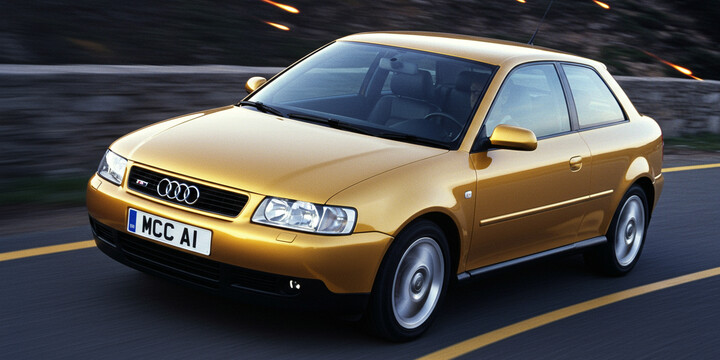
AUDI A3 (1996-03) 3DR HATCHBACK 1.8 AUTO4
The AUDI A3 (1996-03) 3DR HATCHBACK 1.8 AUTO4 is a stylish and practical compact car that's well-suited for a range of drivers in the UK. As a three-door hatchback, it combines sporty looks with everyday usability, making it ideal for city commuting, small families, or first-time drivers seeking a reliable, easy-to-handle car. Known for its premium feel, the Audi A3 offers a comfortable driving experience with a reputation for durability and quality that sets it apart from some rivals in its class.
This particular model, the 1.8 Auto4, is appreciated for its smooth automatic transmission and balanced performance. It tends to be a popular choice among those who value a combination of style, comfort, and reliability. With an average recorded mileage of around 72,167 miles and a typical ownership history of about three previous keepers, it’s a sensible option for those looking for a used car that offers good value—reflected in its average private sale valuation of approximately £545. For buyers seeking a dependable, compact hatchback with a touch of luxury and a well-rounded driving experience, the AUDI A3 (1996-03) 3DR HATCHBACK 1.8 AUTO4 remains a standout in its segment.

average use
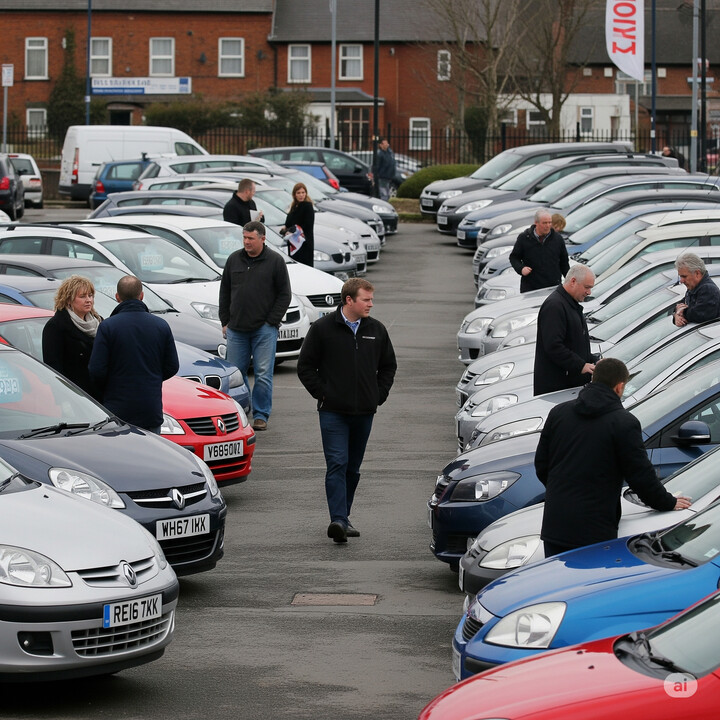
The recent mileage data for the Audi A3 (1996-03) 3-door hatchback 1.8 auto indicates that 50% of the vehicles recorded have mileages between 60,000 and 70,000 miles. Additionally, 25% fall within the 30,000 to 40,000 miles range, and another 25% are between 90,000 and 100,000 miles. This suggests a relatively even distribution across these three mileage brackets, with a notable concentration in the mid-range 60,000 to 70,000 miles segment. Overall, the data reflects a variety of usage levels among these vehicles, with no single mileage range overwhelmingly dominant.

vehicle values
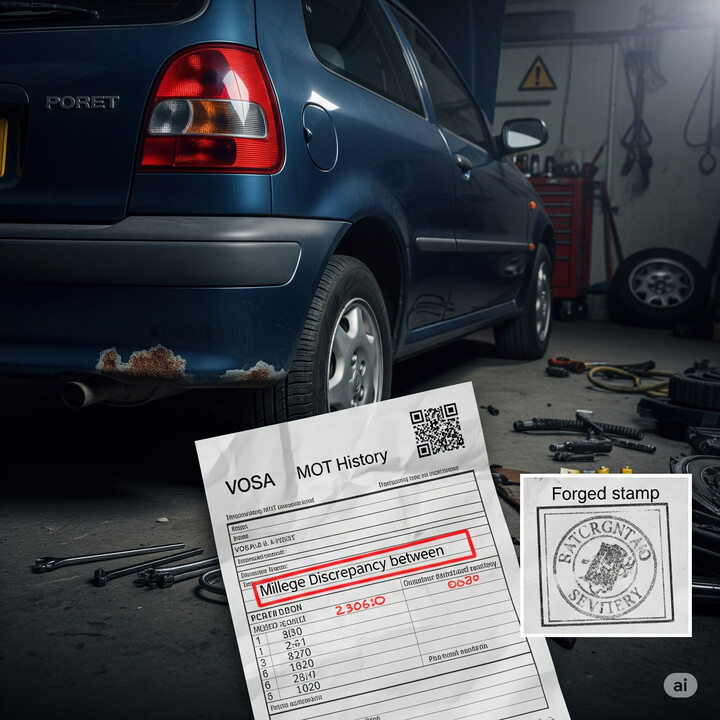
Based on the provided data, the private sale price for the Audi A3 (1996-03) 3-door hatchback 1.8 Auto appears to be concentrated entirely in the £0–£1,000 range, representing 100% of the valuations examined. This suggests that these vehicles typically hold a low private sale value, which could reflect their age, condition, market demand, or other factors affecting valuation in the UK. It’s important for buyers and sellers to consider that private sale prices for this model are generally modest, potentially indicating limited resale value in the current market.

production years
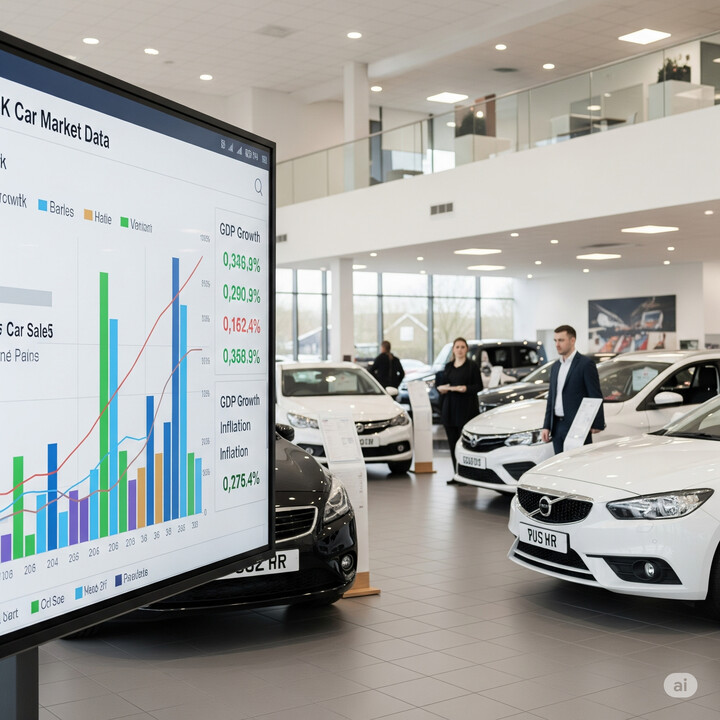
The data indicates that the year of manufacture for the AUDI A3 (1996-03) 3DR Hatchback 1.8 Auto is evenly distributed across four years: 2000, 2001, 2002, and 2003, each accounting for 25% of the sample. This suggests a balanced representation of vehicles from the early 2000s, with no particular year dominating the dataset. Notably, the model's production span, initially from 1996 to 2003, appears fairly evenly split across these subsequent years in this sample.

colour popularity
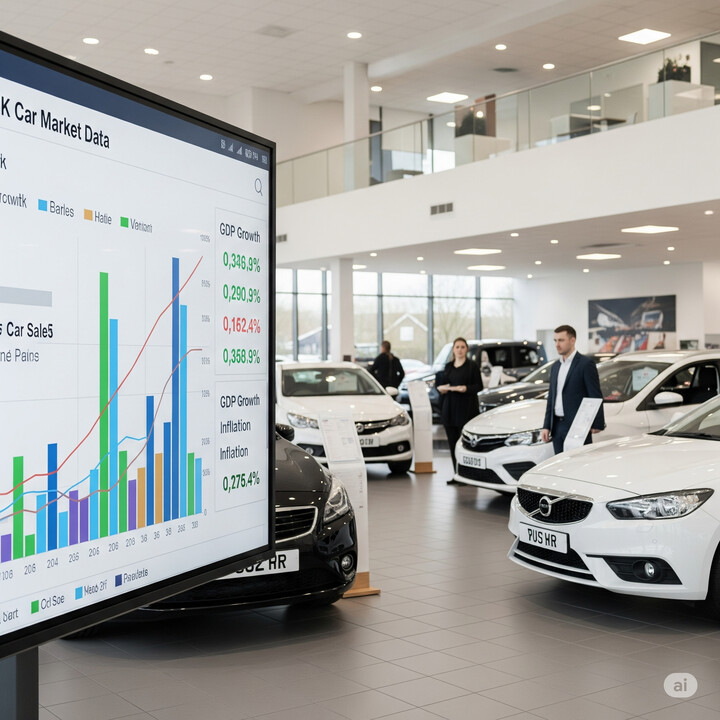
The data indicates that among the sample of Audi A3 (1996-03) 3-door hatchbacks with a 1.8 auto engine, the most common main paint colour is Silver, accounting for half of the vehicles at 50%. Beige and Blue are equally less common, each representing 25%. This suggests that Silver is the predominant colour choice for this model during that period, possibly reflecting consumer preferences or manufacturer offerings at the time.

ownership cycle
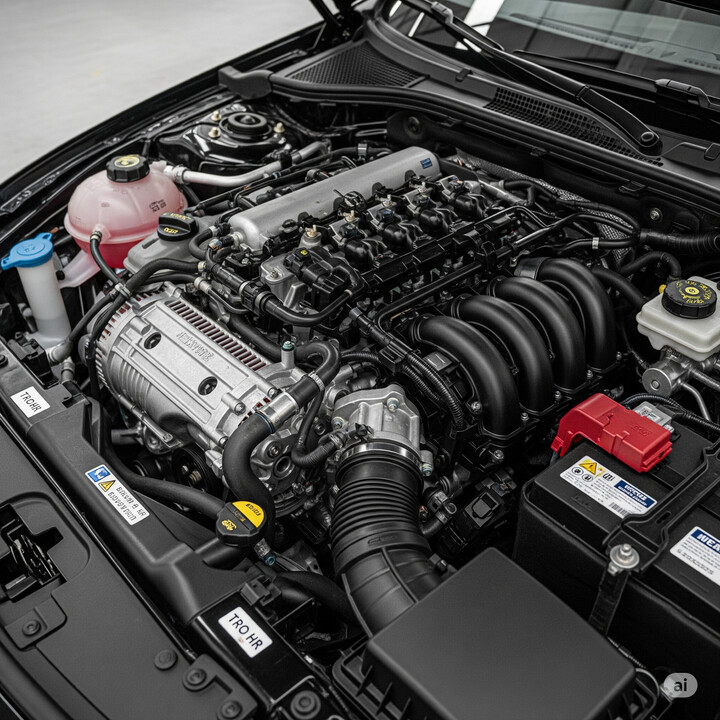
The data indicates that for the AUDI A3 (1996-03) 3DR Hatchback 1.8 Auto4 model, a significant portion of vehicles—50%—have had only three registered keepers. Additionally, 25% of these vehicles have had either seven or four keepers. The distribution suggests that many of these cars tend to change hands a few times, predominantly remaining with three previous owners. This could imply relatively steady ownership for the majority, with a smaller segment experiencing more frequent ownership changes.

engine choices

The data indicates that all listed AUDI A3 (1996-03) 3DR Hatchback 1.8 Auto4 vehicles are equipped with an engine capacity of 1,781 cc and run exclusively on petrol. This suggests a consistent engine specification and fuel type across the sampled vehicles, reflecting the typical configuration for this model during that period.












